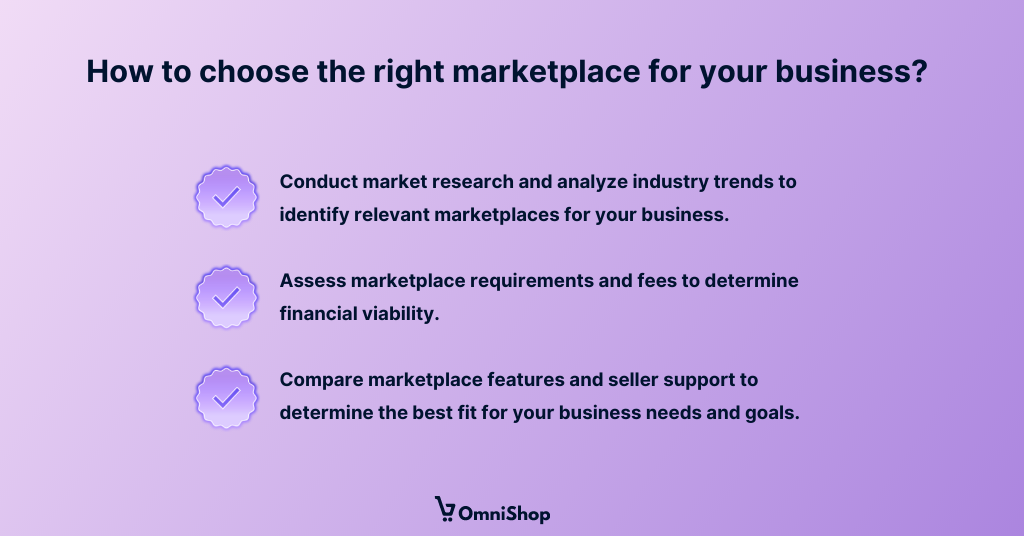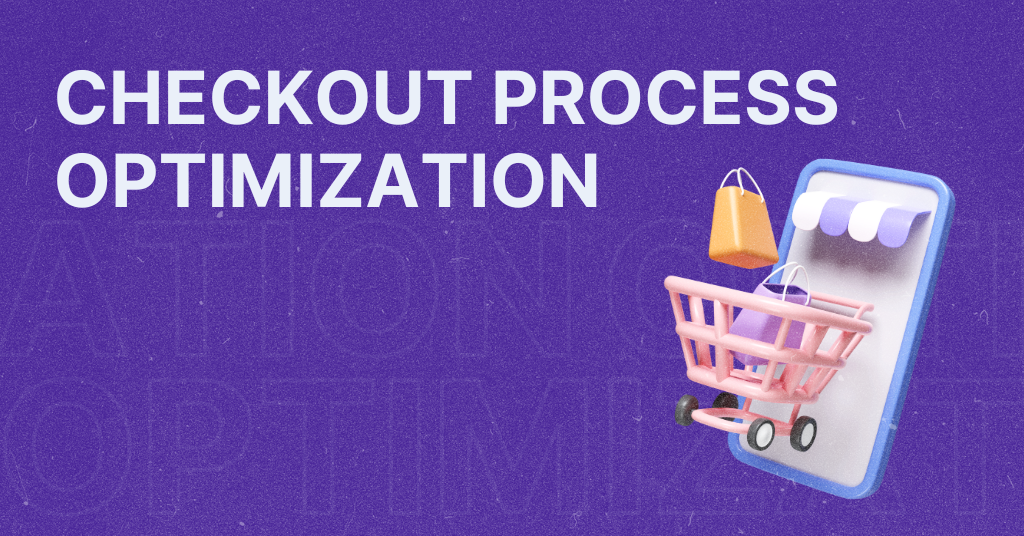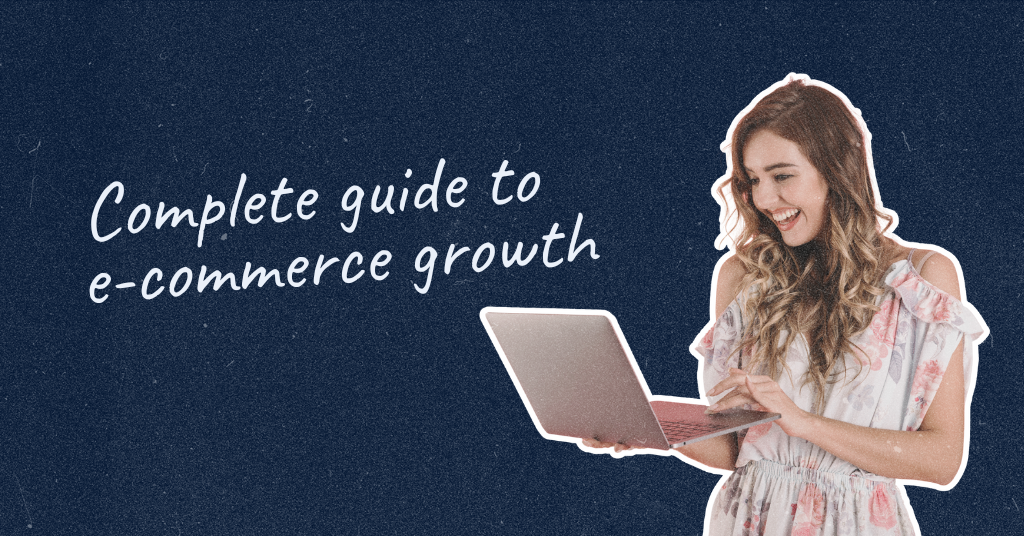
What is a Marketplace? A Comprehensive Explanation
Marketplaces are becoming a popular way for businesses to sell their products and services online. A marketplace is an online platform where different vendors can offer their goods and services to a pool of curated customers. In simple words, marketplaces provide an excellent opportunity for businesses to reach a wider audience without the need to carry inventory or maintain an online store.
Understanding the Basics of Marketplaces
Marketplaces are online platforms that connect buyers and sellers. In this section, we will go through the essential concepts for understanding how marketplaces work. We will also go through different types of marketplaces, their advantages, and drawbacks.
Definition and Types of Marketplaces
A marketplace can be defined as a platform where goods and services are offered by different vendors to customers. Three main types of marketplaces exist: vertical, horizontal, and global.
Vertical marketplaces focus on niche markets and sell products within a specific industry. They may have fewer customers, but these are likely to be highly engaged and loyal. Examples of vertical marketplaces are Etsy, which specializes in handmade and vintage products, and Zillow, which specializes in real estate. Horizontal marketplaces sell products from multiple industries and offer more extensive product catalogs. They are appealing to buyers who prefer a broad range of options. Amazon and eBay are two examples of horizontal marketplaces. Global marketplaces have a worldwide reach and cater to both buyers and sellers from different countries. They often offer multi-language support and custom payment options to accommodate international transactions. Alibaba is one of the most popular global marketplaces.
Advantages and Disadvantages of Marketplaces
Marketplaces can provide certain advantages to businesses and sellers, such as:
- a ready-made customer base,
- simplified payment processing,
- streamlined logistics.
Marketplaces offer an opportunity for small businesses to expand their reach and increase their sales volume.
But, business owners need to be aware of the potential drawbacks, such as:
- increased competition,
- restrictive guidelines,
- limited control over the presentation of their products.
Marketplaces charge fees for every transaction, and this can be a disadvantage depending on the business model of the seller.
Comparison with Traditional Retail and E-commerce Models
Marketplaces differ from traditional retail and e-commerce models in several ways. Traditional retail involves the purchase of goods from a brick-and-mortar store. E-commerce involves the buying and selling of goods or services over the internet. But, unlike traditional retail and e-commerce, marketplaces give sellers access to a pre-existing audience. Businesses don’t need to build their own customer base if they are present on a marketplace. Marketplaces provide a powerful tool for businesses to increase their sales. Yet, it is essential to weigh the advantages and drawbacks. Choose the right marketplace, and optimize your profile to maximize your profit.
How to Start Selling on a Marketplace
Starting your business on a marketplace is a great way to make your products visible to a large customer base without investing in your own e-commerce platform. Here, we’ll walk you through the key steps to get started.
Setting up and Optimizing Your Profile
The first step in selling on a marketplace is to set up your seller profile. This is how buyers will find you and access your products. Create a complete and detailed profile showcasing your brand and products in the best light. Key elements to include are:
- A business logo and description: This helps customers identify your brand and understand what you offer.
- Product images and descriptions: High-quality images and clear descriptions are important for showcasing your products. They help customers make informed buying decisions.
- Customer reviews and ratings: Encourage customers to leave feedback on your products and services. This way, you build trust and credibility with potential buyers.
Once your profile is set up, optimize it for visibility by using relevant keywords in your descriptions and tags. This will help your products appear in search results when customers look for items in your category.
Listing and Managing Products Online
When listing your products on a marketplace, it’s important to use detailed and accurate descriptions. That will provide all the necessary information about the product. Descriptions should include the following:
- product specifications,
- dimensions,
- materials,
- any other relevant details that can help buyers.
It’s also essential to price your products to stand out from other sellers on the marketplace. Keep track of your inventory and update your listings regularly to reflect changes in availability or pricing.
Managing Sales and Order Fulfillment
To successfully manage sales on a marketplace, you need to be able to handle order fulfillment quickly and efficiently. This means processing orders, packing products, and shipping them to customers on time. Make sure to communicate clearly with your customers throughout the process. Provide them with tracking information so they can track their orders. Respond to any queries or complaints. Provide excellent customer service and maintain positive reviews. By following these steps, you’ll be well on your way to selling successfully on a marketplace and growing your online business.
Choosing the Right Marketplace for Your Business
Choosing the right marketplace is crucial for any business planning to start selling online. With a wide range of options available, deciding which marketplace is best suited for your products and brand can be overwhelming. This section will explore the key factors to consider when choosing the right marketplace for your business.
Evaluating the Online Marketplace Landscape
Before the selection process, it is important to determine which marketplaces are relevant to your business. This will depend on factors such as your target audience, type of products, and competition on the marketplace. You can find the best marketplaces for your business by researching the market and analyzing industry trends.
Assessing Marketplace Requirements and Fees
Once you have identified potential marketplaces, you should assess their requirements and fees. Fees to consider are:
- registration fees,
- commission rates,
- transaction fees,
- any additional costs (such as advertising fees).
It is important to evaluate these costs in relation to your profit margins and sales forecasts. Then, you can determine if the marketplace is financially beneficial for your business.
Comparing Marketplace Features and Seller Support
Finally, it is important to compare each marketplace’s features and seller support. This can include factors such as:
- customer service,
- payment and shipping options,
- seller tools and analytics,
- marketing and promotional opportunities.
Evaluating these features can help you determine which marketplace best fits your business needs and goals.

Choosing the right marketplace can significantly impact the success of your online business. By evaluating the online marketplace landscape, assessing marketplace requirements and fees, and comparing marketplace features and seller support, you can make an informed decision and find the best marketplace for your business.
Best Practices for Selling on a Marketplace
Selling on a marketplace can be a great way to expand your business reach and increase sales. Yet, with so many competitors, it is important to stand out from the crowd and build a strong reputation that attracts customers. Here are three best practices to consider when selling on a marketplace.
Building a Strong Brand and Reputation
A strong brand and reputation are among the most important factors in attracting customers to your profile on a marketplace. To build your brand, consider the following:
- Ensure your store name, logo, and product descriptions are consistent across all marketplaces and social media.
- Respond to customer inquiries and complaints promptly and professionally.
- Encourage customers to leave reviews by including review requests in follow-up emails and orders.
- Offer promotions or discounts to loyal customers to incentivize repeat business.
Standing out from Other Sellers
With so many sellers on a marketplace, standing out from the competition is important. Some ways to do this include:
- Create high-quality product listings with clear images and detailed descriptions.
- Offer competitive pricing for your products.
- Provide exceptional customer service that exceeds customer expectations.
- Offer unique products that are not available from other sellers.
Improving Customer Service and Satisfaction
Delivering a positive customer experience is crucial for repeat business and positive reviews. Consider the following to improve customer satisfaction:
- Offer fast and reliable shipping with transparent tracking information.
- Provide clear and accurate product information, including shipping and return policies.
- Ensure that customer complaints and issues are resolved promptly and professionally.
- Offer a hassle-free returns process that makes it easy for customers to return products.
By following these best practices, you can improve your reputation and stand out in a crowded marketplace. Remember, a strong brand with good customer service will be successful in a chosen marketplace.
Future Trends and Innovations in Online Marketplaces
Online marketplaces are becoming more diverse and innovative. That is because the global e-commerce market continues to grow. In this section, we will explore some of the key trends and innovations shaping online marketplaces’ future.
Emerging Marketplaces and Unique Business Models
Some of the larger and more established marketplaces continue to dominate the industry. But, we are also seeing the emergence of new and niche marketplaces. These new marketplaces offer unique business models that cater to specific markets. Some of these emerging marketplaces include:
- Depop: a fashion marketplace for vintage and second-hand clothing
- Reverb: a music marketplace for new, used, and vintage instruments
- ThredUp: a sustainable fashion marketplace for second-hand clothing
Emerging marketplaces help smaller businesses and niche sellers reach targeted audiences. Also, these marketplaces help customers to find unique items that may not be available on larger marketplaces.
Marketplace App
Mobile apps have completely changed how we shop and sell things in marketplaces. They’re making it super easy for customers to find and buy stuff. Customers love marketplace apps as they are easier to search through. Also, the payment process is safer and easier on mobile apps. Sellers can also use marketplace apps to learn more about what customers want and make their marketing more effective. Marketplace mobile apps are getting better and better, so they’re going to be a big part of how we buy and sell things in the future.

Integration of AI and Analytics in Marketplace Management
Marketplace owners are looking for more advanced technologies in their platforms. The reason for implementing advanced technologies is to enhance the seller and buyer experience. Machine learning and artificial intelligence (AI) can improve search algorithms. Thus they lead to better product recommendations and customer support. Analytics tools are also being used to help sellers track performance and optimize their listings.
Amazon is one of the leaders in AI integration. Amazon uses machine learning to personalize product recommendations and to detect fraudulent activities. Etsy is using AI to help categorize products and improve search results.
Adaptation to Evolving Consumer Needs and Preferences
Consumer behavior and preferences are always changing and evolving. Thus, marketplaces are shifting to meet these changing demands. For example, customers are increasingly concerned with sustainability and environmental practices. This led to the emergence of sustainable marketplaces like ThredUp and EarthHero.
Another trend is the rise of social commerce, which combines traditional e-commerce with social media. Instagram and Facebook have introduced in-app shopping features. These features allow customers to buy products without leaving the platform. Marketplaces like Depop and Poshmark have also integrated social features. So users on these marketplaces can follow and interact with other sellers and buyers.
To sum it up
A marketplace is an online platform where businesses can sell their products and services to customers. It provides a ready-made customer base, simplified payment processing, and streamlined logistics. There are different types of marketplaces, such as vertical, horizontal, and global. While marketplaces offer advantages like increased sales and reach, there are also drawbacks like competition and limited control. Choosing the right marketplace involves evaluating requirements, fees, and features. Future trends include niche marketplaces, AI integration, and adapting to changing consumer needs. Overall, marketplaces offer businesses a powerful way to succeed in the digital marketplace ecosystem.
Let’s book a 30-min mobile strategy session and give your shop a boost.
Let’s book a 30-min mobile strategy session and give your shop a boost.


